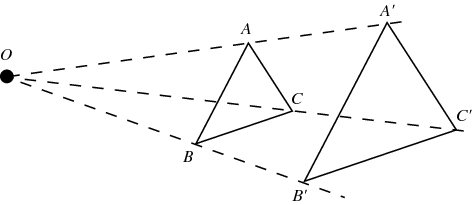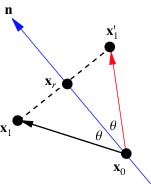MrDiamondMind
Deinonychus

Joined: 13 Mar 2010
Age: 38
Gender: Male
Posts: 371
Location: Encapsulated within a skull; covered in sheets of skin
MrDiamondMind
Deinonychus

Joined: 13 Mar 2010
Age: 38
Gender: Male
Posts: 371
Location: Encapsulated within a skull; covered in sheets of skin
MrDiamondMind
Deinonychus

Joined: 13 Mar 2010
Age: 38
Gender: Male
Posts: 371
Location: Encapsulated within a skull; covered in sheets of skin









